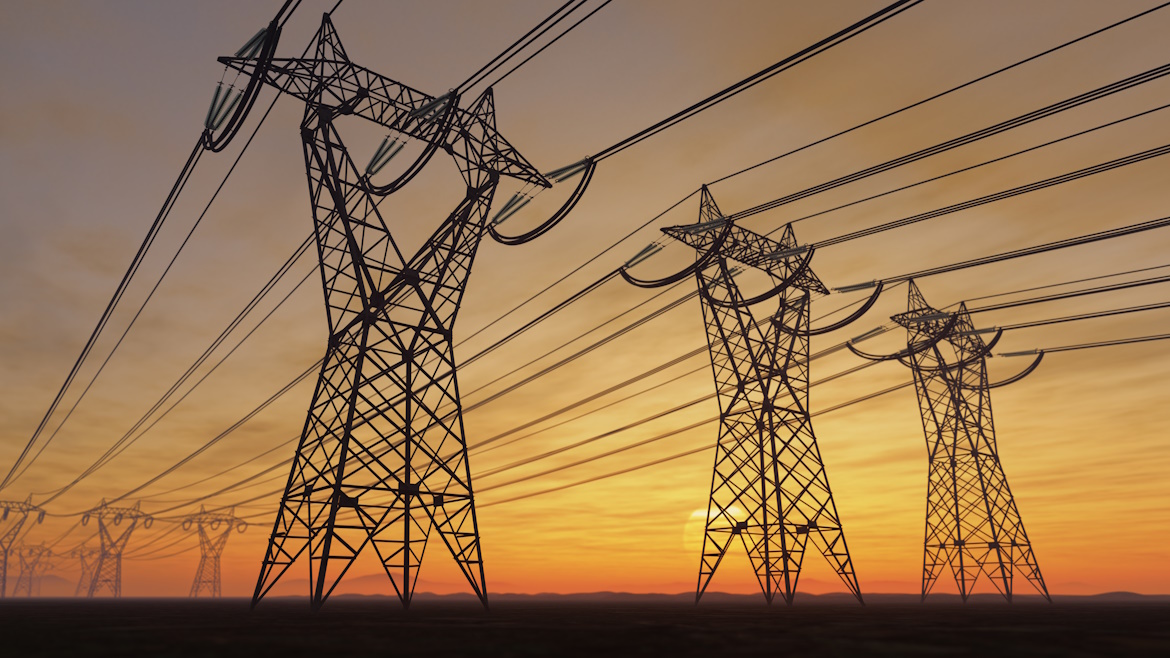Speaking at a panel discussion during Climate Week NYC, HVAC manufacturer Carrier laid out plans for a next-gen residential HVAC system that runs like a hybrid car. Designed with a battery backup, it’ll allow homeowners to charge up their HVAC when the price is low, securing them a lower utility bill and at the same time addressing grid resiliency — one of the biggest hurdles to electrification in the U.S.
THE CAPACITY CONUNDRUM
The session, called “Smart Buildings and AI: Energy Resilience to Meet Increasing Demand,” kicked off with a frank discussion about the state of the electric grid.
“The load on the grid is increasing tremendously — which is a good thing for the economy,” said Hakan Yilmaz, senior vice president and chief technology and sustainability officer at Carrier, one of the panelists on the session, which hosted by Financial Times and JLL.
But capacity must increase as well, and the built environment is a big part of the problem.
“Especially HVAC,” he said. “Our load on the grid could be anywhere from 20% all the way up to 70%-plus during the peak time in a super-hot summer day or a super-cold winter day.”
At the same time, he asserted, HVAC technology could also be the solution — although it will take going beyond efficiency increases, low-GWP refrigerants, embodied carbon, and green materials.
“Even if we bring our products to perfection in those steps, it’s not enough,” he said.
The real issue, he said, is that our built environment takes energy availability for granted.
“We plug things in, turn things on, turn the HVAC on,” he said. “We assume that electricity will be there, delivered at an affordable price. But with the stress on this grid, you may or may not be able to plug in your EV and turn on your HVAC at the same time.”
Demand-response programs aren’t the solution, either, he said, because turning off people’s thermostats or cutting the power to the HVAC creates a lot of discomfort for the homeowner — the exact opposite of what HVAC is supposed to do. Equally unsustainable is melting down servers by failing to provide cooling to data center chips.
“It’s not scalable, and it’s stagnating around 6%; people simply don’t want to give up their comfort,” he said. “So we need to do things in a very, very different way — in a more energy-defined way.”
Or, as panelist Sophia Mendelsohn, chief sustainability and commercial officer at software company SAP, put it more bluntly, “Consumption isn’t going to go down from us all agreeing to be less comfortable.”
BATTERY BACKUP
But fixing the grid is not the homeowner’s problem. They just want to set the temperature in their house to 75° and have it stay there.
What happens on the back end, Yilmaz said, can be controlled — and that’s the foundation for the new hybrid HVAC system.
“Our next-generation HR architectures will be energy-defined,” he said. “That means they’re not only going to provide comfort — uninterrupted comfort — to the homeowner, but they will also provide resiliency to the grid. Because if you don’t provide resiliency to the grid from the built environment, we will not be able to use those electrons that we take for granted today.”
Yilmaz laid out the concept for Carrier’s new units, which he called a “super disruptive new technology that we’re working on,” and the digital infrastructure that will support them.
“We’re basically integrating onboard energy storage — lithium-ion batteries — in the heart of our HVAC units,” he said.
He likened it to building a hybrid car.
HVAC units today, he explained, pull electricity from the grid whenever they need it, including during peak usage times. The battery-backup units, though, will be able to charge when the grid is running on clean energy and the price is low, so that the HVAC can then run off the battery during peak times when energy is more expensive and coming from fossil-based resources.
“This is a win-win and a scalable, economically viable concept we’re working on, because at the end of the day, the homeowner, with this technology, can avoid all the peak pricing because their HVAC unit will never run from the grid during the peak time,” he said. Meanwhile, the grid will get “full relief from thousands of millions of HVAC units” that would otherwise be running at peak time.
“And this is in addition to all the efficiency, low-GWP, and other improvements we are putting into our equipment,” Yilmaz added. “This is a truly net-zero accomplishment that everybody wins with.”
Cybersecurity protection for the residential units’ batteries, he noted, is Carrier’s No. 1 priority with the project, because operating without it could set up a disaster.
“We are architecturally building our energy solution with embedded battery into our HVAC units as fully cybersecure, because it’s discharging only one directional to drive our compressor, our HVAC unit,” he said. “It doesn’t discharge back to the grid, so it can never be hacked to destroy the grid, and it can also be used fully to stabilize the grid if something bad happens to others’ equipment.”
The batteries will drive the HVAC units for “about two hours,” Yilmaz added later during Q&A — “not indefinitely.”
“Long-term energy storage belongs to the grid or backup power, not to us. We are at the edge. We are the equipment, and we own the short-term energy storage with small increments and give the relief back to the grid.”
Just how much will this help grid capacity? Yilmaz did the math.
“Deploying our solution to around 10 million homes would be about 25 gigabyte capacity,” he said. “There’s about one-third of the additional capacity we need to build in the U.S. by 2030. So it is big, if we can scale that.”
The U.S. had 144 million homes as of 2022, according to Statista, so this number assumes Carrier’s new units are installed in about 7% of American homes.
Whether you require installation, repair, or maintenance, our technicians will assist you with top-quality service at any time of the day or night. Take comfort in knowing your indoor air quality is the best it can be with MOE heating & cooling services Ontario's solution for heating, air conditioning, and ventilation that’s cooler than the rest.
Contact us to schedule a visit. Our qualified team of technicians, are always ready to help you and guide you for heating and cooling issues. Weather you want to replace an old furnace or install a brand new air conditioner, we are here to help you. Our main office is at Kitchener but we can service most of Ontario's cities
Source link




Add Comment